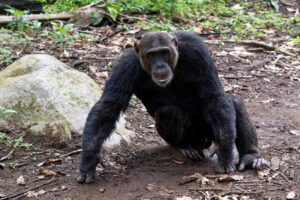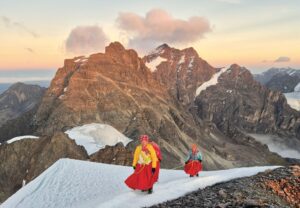After years of construction and delays, the steep paths of the Trans Bhutan Trail have once again reopened to visitors.
It’s a world-famous trail for a reason. With 430 kilometres of beautiful mountain views and dozens of holy sites along the way, there’s no doubt the trail will bring plenty of tourism back to Bhutan.
At least for those willing to foot the bill.
Unlike some far-flung hiking destinations, especially in southeast Asia, the Trans Bhutan Trail isn’t cheap or simple.
“In order to protect against the ravages of over-tourism,” as Bhutan’s tourist website puts it, the country has long taken a low-volume, high-returns approach to foreign visitors.
As a result, making your Bhutan trip a reality will require both deep pockets and strong planning.
Ver esta publicación en Instagram
Visas and guides
For starters, all visitors to Bhutan must obtain a tourist visa before their arrival. The visas come from the Tourism Council of Bhutan after they’ve already received the necessary forms, itinerary, plane tickets, and full payment for the trip, according to the country’s tourism website.
“Our tour consultants are delighted to help manage this process for you,” the site said. “Visas are issued electronically and there is no need to give up or send away your passport.”
While Bhutan doesn’t require permits for the actual trail, the country does require a constant chaperone (sorry, that’s guide). That guide is not only required for the trail, but the entire duration of a tourist’s stay in the country.
It’s possible to purchase tour packages through the official website, but no independent hiking is allowed.
Hiking options
It took three years of support from both Bhutan’s monarch and the Bhutan Canada Foundation to get the trail back in shape after decades of neglect.
Perhaps that’s why the country has implemented a Sustainable Development Fee of $200 per person per day for the Trans Bhutan Trail. Many of the guided treks offered online include this fee, along with the necessary guide and other perks.
But that fee must also be paid in advance to receive the tourist visa.
Hiking the entire trail takes about a month, so paying for just the Sustainable Development Fee up front means $6,000 for 30 days of hiking. Keep in mind that doesn’t include the cost of the visa, guide, plane tickets or food you’ll need for the trip.
It’s reasonable to assume that aiming to complete the whole trail would cost anywhere from $11,000 to $20,000. Indeed, paying for the full 35-night trek through Bhutan’s website comes out to $20,400 per person.
However, visitors can trust that all the money goes right back to Bhutan. Once guides receive their share, all profits go toward protection and maintenance of the trail.
Despite the hurdles, there’s no doubt the trail is worth it. Between the incredible scenery and nine ancient Dzong fortresses, there’s nothing on Earth quite like the Trans Bhutan Trail.






